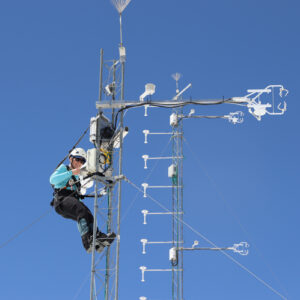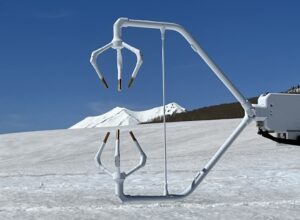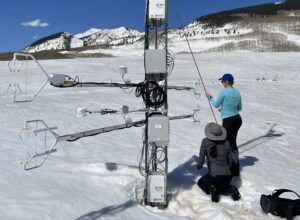
In a study published in the Bulletin of the American Meteorological Society, a team of scientists has filled longstanding gaps in the process of sublimation – the process by which snow transforms directly from a solid (snow) to a gas (water vapor).
Sublimation study methodology
The research was led by Jessica Lundquist at the University of Washington, with co-authors at the University of Washington, Aspen Global Change Institute (AGCI) and the US National Science Foundation National Center for Atmospheric Research (NSF NCAR). It was based on observations taken during the 2022-2023 Sublimation of Snow Project, in which scientists used a battery of instruments to collect data on wind speed, snowfall and blowing snow at a site outside Crested Butte, Colorado.
Comprehensive results

The new research shows that most water loss to sublimation occurs after the release of widely used April 1 runoff forecasts, which are critical for water management decisions. The SOS Project’s extensive instrument array also revealed that the majority of the mid-winter sublimation occurs during blowing snow conditions, although most of that snow was redistributed elsewhere and not lost to sublimation. This redistribution affects the timing of melt and the magnitude of late-season runoff.
According to the scientists, the project has produced the most comprehensive examination to date of how snow sublimates in a mountain environment. Such information is expected to be crucial for water managers who need to decide whether to hold or release reservoir water as the spring runoff begins.
“These findings are really important for our ability to model the amount and timing of runoff for seasonal forecasts and future climate projections,” said NSF NCAR scientist Ethan Gutmann, a co-author of the study. “If we don’t understand the processes that control historical runoff, we cannot be as confident in our predictions.”

In related news, the US National Science Foundation National Center for Atmospheric Research (NSF NCAR) has launched the Cold Air Outbreak Experiment in the Sub-Arctic Region (CAESAR) field campaign, which will see researchers fly into the Arctic to study marine cold air outbreaks (CAOs). Click here to read the full story.



